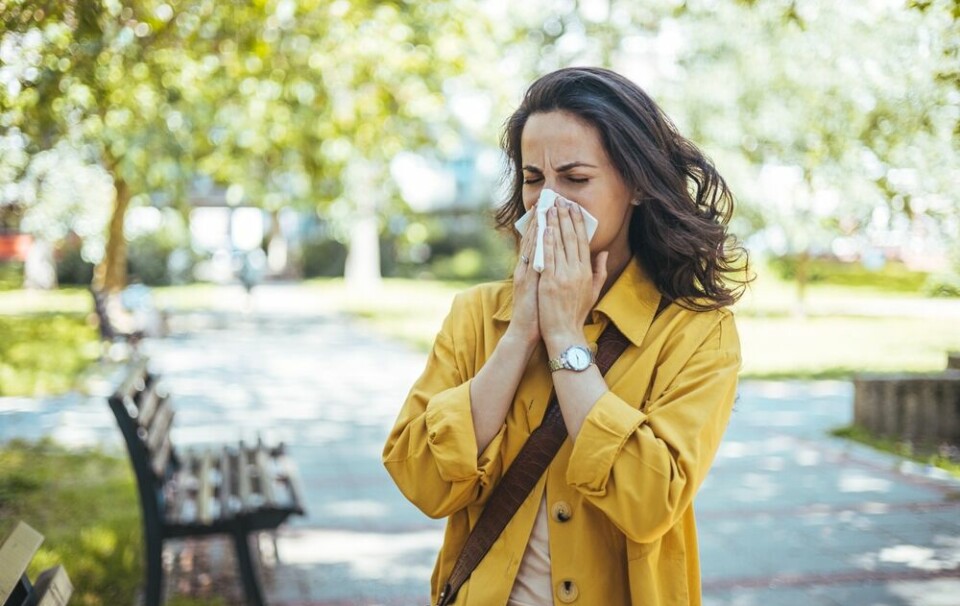How to enjoy mushroom-hunting season in France
Exploring the joys and dangers of foraging mushrooms, and benefits of joining a mycology club
Morchella mushroom, also known as morel
Kateryna Mashkevych
The warm woody smell of damp earth underfoot, the crisp autumn air, the blue sky and pale sun can only mean one thing; it is mushroom-hunting time.
There can be no more satisfying occupation than foraging for free food, especially when your provender tastes so much better than the vapid champignons de Paris sold in supermarkets.
It is not without its risks however. There are around 30,000 species of mushroom in France and most of them are edible; only around 30 are poisonous.
Unfortunately, some poisonous mushrooms taste very good.
Every year, one or two people die from mushroom poisoning in France, notes ANSES (the Agence Nationale de Sécurité Sanitaire de l’Alimentation), and around 2,000 people are so severely poisoned that it is reported to the authorities. There are a huge number of less severe cases that go unreported.
Read more: Toxic mushroom caused motor neurone disease cases in French region
Learn from the experts
“Many of these unfortunate accidents are the result of using smartphone apps to identify wild mushrooms,” notes Patrice Laine, the General Secretary of the Société Mycologique de France, which was the first mycology society in the world, founded in 1853.
With around 600 members, it is one of the largest in France. He remembers going hunting for mushrooms with his parents, and then studying lots of books on the subject, and learning from experts.
“Even using a book to identify a mushroom you have found is not fool-proof, because it is so difficult matching photos to your specimens. The best way is to ask an expert, someone belonging to a club, association or society, or a mycologist, or a pharmacist.”
He notes however that pharmacists are not experts and cannot be expected to identify everything. Normally though, they will be able to identify common local species, like cèpes (porcini) which grow all over France. They are generally more reliable than smartphone apps.
“Mushrooms grow all over the world; some species even thrive on beaches. But the best place to look for them is in the woods. And although morilles (morels) mainly grow in the spring, autumn is the peak season for mushroom hunting.”
Read more: Is foraging for food viable in France?
How to cut mushrooms
Methods of gathering them vary, some people maintaining that you should cut the stalks with a special mushroom knife and others declaring that the entire mushroom can be picked.
What is certain, however, is that unless you are 100% certain of their identities, different species of mushrooms should be gathered into different cloth bags. (Plastic bags are less favoured as they do not allow the spores to drop out onto the forest floor.)
And of course, picking absolutely every mushroom in sight, even the tiniest ones, is frowned upon for obvious reasons.
Join a foraging club
There are mycology clubs all over France and joining one has many advantages.
“Joining a society is a great way to learn. It is also a great way of discovering the best places to find them. Mushroom hunters tend to be quite secretive about this because professional mushroom hunters can make a lot of money selling cèpes and they do pick everything.
“Walking with other people is more convivial, it is a great way of making friends, and of course you do not risk getting lost if you are with people who know the way.”
Particularly when wandering around in the mountains, it is easy to get lost, and a phone signal is not always available in remote areas. Clubs also often run seminars and talks to teach people about mushrooms and now to identify the various species.
Fungi recipes
Patrice Laine’s favourite mushroom recipes are simple. “I like them just sautéd, or made into an omelette so that you can really enjoy the flavour. Mushrooms can be stored in the fridge for a short time but are best eaten quickly. If you are lucky enough to have more than you can eat, they can be sautéd and frozen. Mushroom soups can be frozen, and mushrooms can be made into dips and sauces which last a bit longer in the fridge.
“They can also be dried using a dehydrator or simply by being left out on a drying rack until they have no more give in them. They can then be packed into jars. Recipes also abound for bottling and tinning them at home.





























